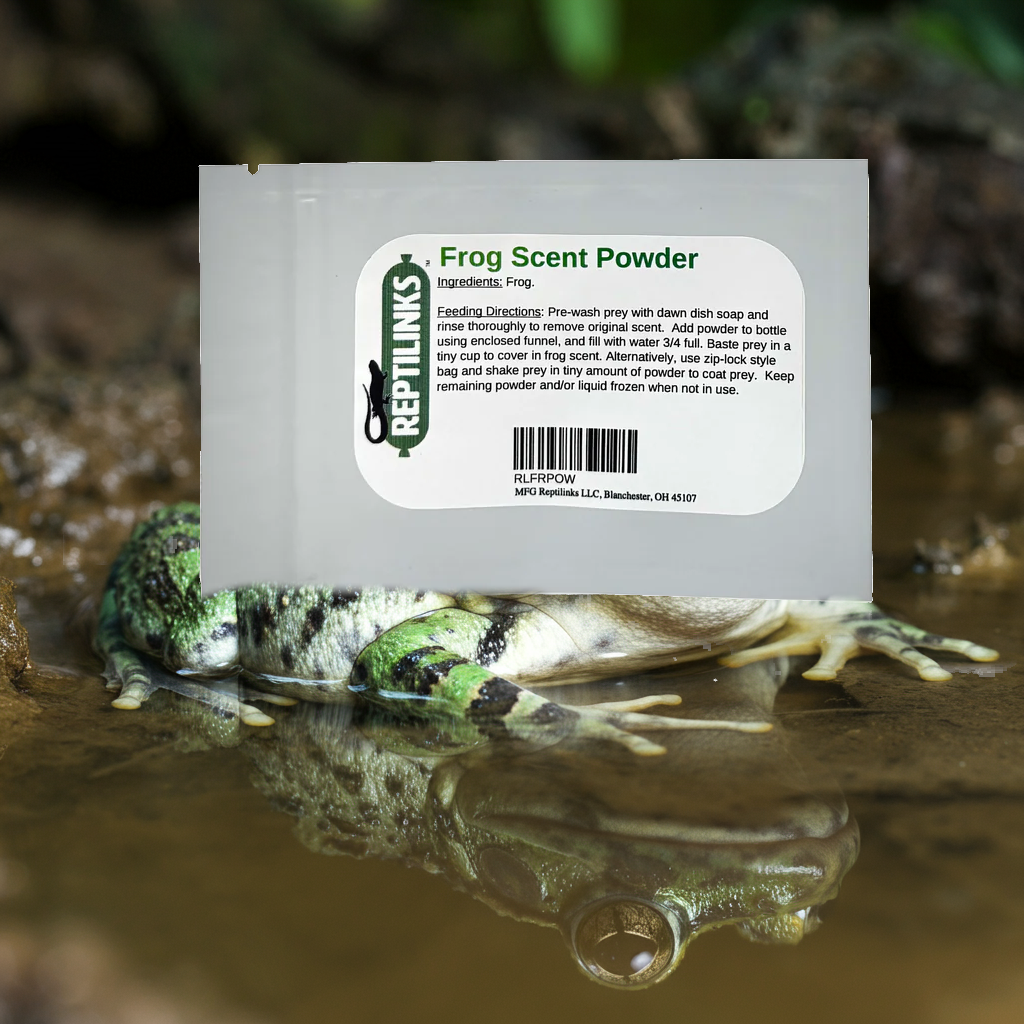Choosing the Right Bearded Dragon

Bearded dragons are fascinating reptiles that come in a variety of species. Each species has its own unique characteristics and care requirements. It's important to understand the differences between these species to ensure you provide the best care for your bearded dragon.
One of the most common species of bearded dragons is the Pogona vitticeps, also known as the Central Bearded Dragon. This species is native to the arid regions of Australia and is known for its friendly temperament and ease of care.
Another popular species is the Pogona henrylawsoni, or the Rankin's Dragon. This species is smaller in size compared to the Central Bearded Dragon and is native to the desert regions of Australia. Rankin's Dragons are known for their vibrant colors and active nature.
Selecting a Healthy Bearded Dragon
When selecting a healthy bearded dragon, there are a few key factors to consider. First, observe the dragon's behavior and appearance. Look for signs of alertness and activity, such as bright eyes and a responsive demeanor. Additionally, check for any abnormalities or injuries that may indicate poor health.
Next, it's important to examine the dragon's body condition. A healthy bearded dragon should have a well-rounded body with a firm belly. Avoid dragons that appear underweight or have swollen or sunken areas.
Lastly, consider the source of the bearded dragon. It's recommended to purchase from a reputable breeder or pet store that specializes in reptiles. This helps ensure that the dragon has been properly cared for and is less likely to have health issues.
Remember, always consult a reliable source, such as the Merck Veterinary Manual, for detailed information on bearded dragon care and health.
Creating the Perfect Habitat

Setting Up the Enclosure
When setting up the enclosure for your bearded dragon, there are a few key factors to consider. First, ensure that the enclosure is appropriately sized for your dragon's needs. A larger enclosure will provide more space for your dragon to explore and exercise, which can promote reptile health. Additionally, it's important to provide a variety of hiding spots and climbing opportunities to keep your dragon stimulated and engaged. This can be achieved by adding branches, rocks, and hides throughout the enclosure. Lastly, maintain a consistent temperature and humidity level within the enclosure to create a comfortable environment for your dragon.
Providing the Right Lighting and Temperature
Proper lighting and temperature are crucial for the health and well-being of your bearded dragon. Reptile keeping requires careful attention to these factors to ensure your pet's comfort and overall development. When it comes to lighting, bearded dragons need both UVB and UVA rays to support their calcium metabolism and maintain their overall health. It is important to provide a UVB light source that is specifically designed for reptiles, as regular household bulbs do not emit the necessary UVB rays. Additionally, bearded dragons require a basking spot with a temperature of around 95-105°F (35-40°C) to regulate their body temperature and aid in digestion. A heat lamp or ceramic heat emitter can be used to create this basking spot. It is important to monitor the temperature regularly to ensure it remains within the appropriate range. Remember, providing the right lighting and temperature is essential for the well-being of your bearded dragon.
Creating a Comfortable Sleeping Area
Creating a comfortable sleeping area is essential for the well-being of your bearded dragon. Proper sleep is crucial for their overall health and happiness. Here are some tips to ensure your bearded dragon has a cozy and restful sleep:
- Temperature: Maintain a consistent temperature in the sleeping area to provide a comfortable environment.
- Lighting: Use a low-intensity light source during the night to mimic the natural moonlight.
- Substrate: Choose a soft and comfortable substrate for your bearded dragon to sleep on.
Remember, a good night's sleep is important for your bearded dragon's overall well-being. Providing a comfortable sleeping area will help them thrive and stay healthy.
Conclusion
In conclusion, caring for a bearded dragon requires knowledge, patience, and dedication. By providing a suitable habitat, a balanced diet, and regular veterinary care, you can ensure the health and happiness of your pet. Remember to monitor their temperature and humidity levels, and provide mental stimulation through enrichment activities. With proper care, your bearded dragon can live a long and fulfilling life as a beloved companion.
Frequently Asked Questions
What should I feed my bearded dragon?
Bearded dragons are omnivores and require a balanced diet consisting of both insects and vegetables. They should be fed a variety of insects such as crickets, mealworms, and dubia roaches, as well as a mix of leafy greens and vegetables.
How often should I clean the bearded dragon's enclosure?
It is recommended to clean the bearded dragon's enclosure at least once a week. This includes removing any uneaten food, cleaning the water dish, and spot cleaning any waste. Additionally, the entire enclosure should be thoroughly cleaned and disinfected on a monthly basis.
Can bearded dragons swim?
While bearded dragons are capable of swimming, they are not natural swimmers and should not be left unattended in water. If you choose to let your bearded dragon swim, ensure the water is shallow and that you are supervising them at all times to prevent any accidents.






Comments